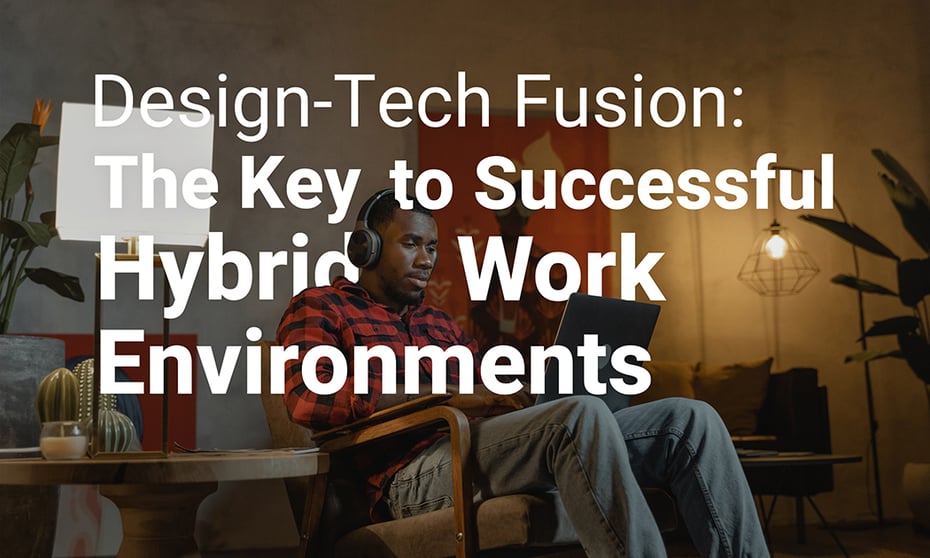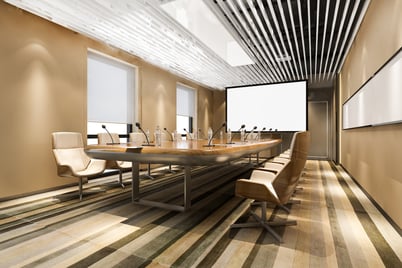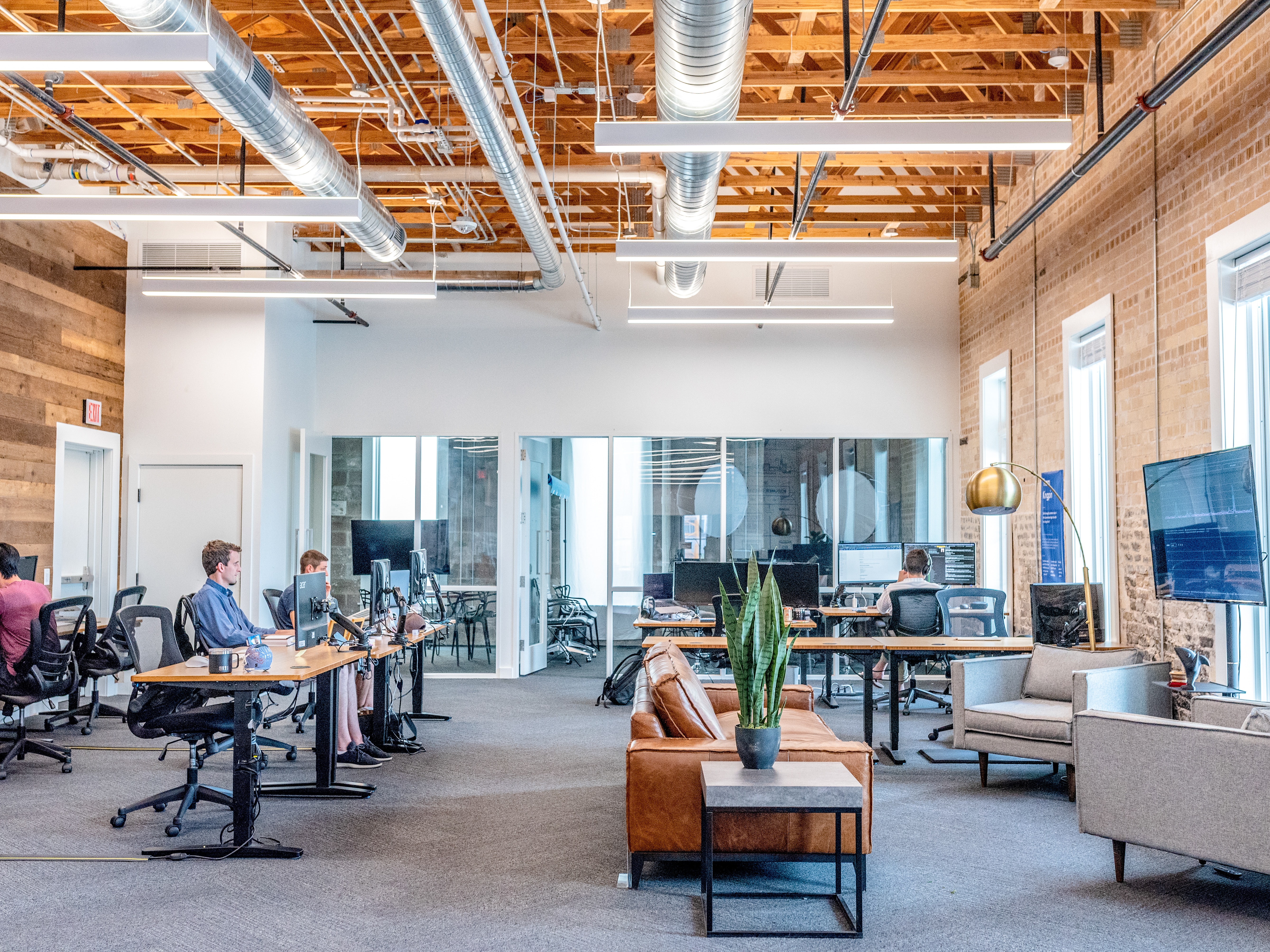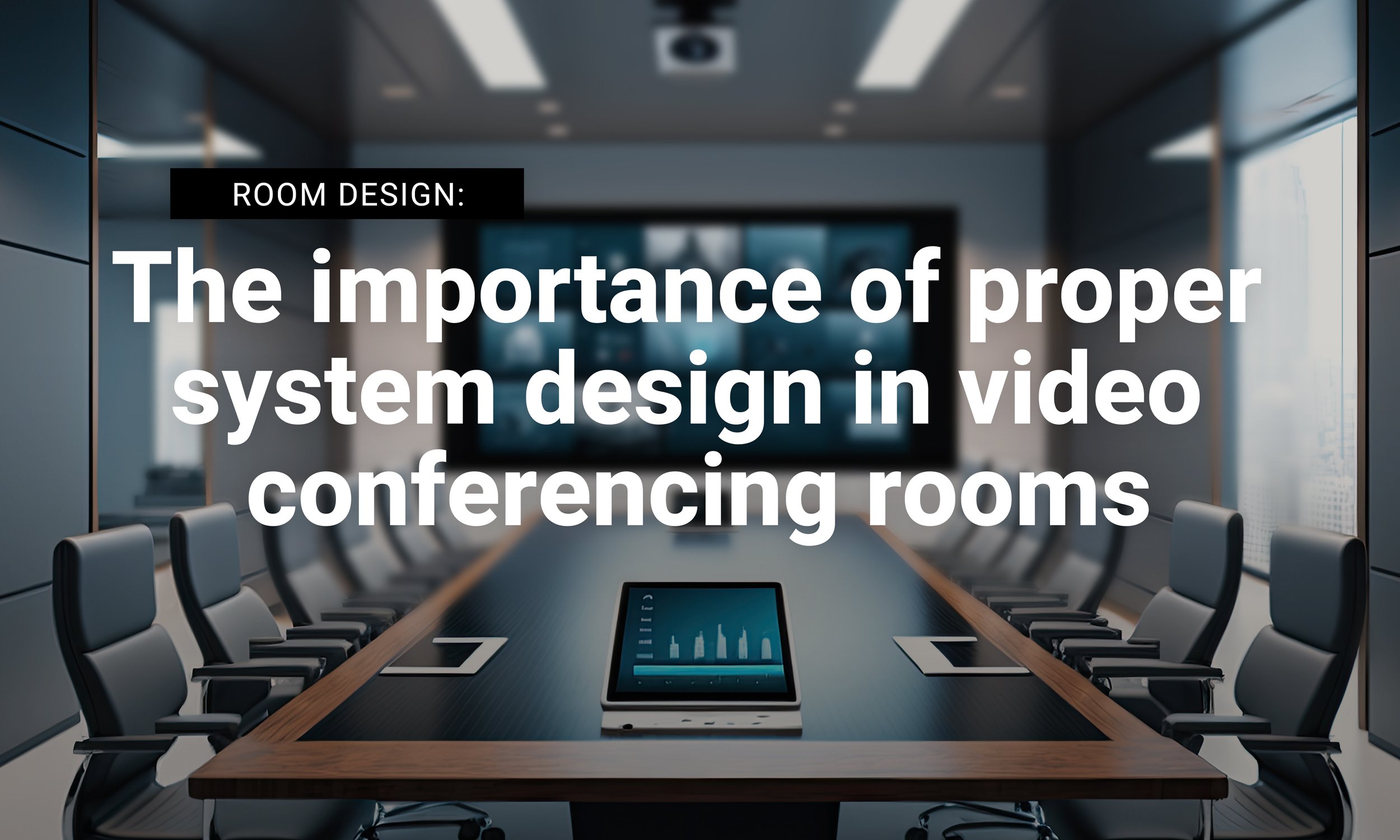
What are the Benefits of Design plus tech = hybrid work
Creating a successful hybrid working environment involves careful planning and collaboration among architects, designers, and technology professionals. By incorporating design principles such as aesthetics, ergonomics, and flexibility, hybrid workspaces can be made more comfortable and accommodating for employees. Technology, on the other hand, enables seamless communication, collaboration, and access to shared resources regardless of physical location. When design and technology are combined effectively, hybrid work environments can boost employee morale, increase productivity, and reduce operational costs, making them an attractive option for modern businesses.
Adaptation
As the world moves towards a hybrid work environment, the importance of design and technology integration cannot be overstated. The shift from traditional office-based work to remote or hybrid work has made it clear that businesses need to adapt and innovate in order to thrive in this new era. One of the key factors in this adaptation is the integration of design and technology. Design and technology are no longer separate entities, but rather integral components of a successful hybrid work environment. The combination of these two disciplines can lead to more efficient workflows, better communication, and ultimately, greater success.

Conferencing
Whether it’s a handset that also has some video capabilities to a full-on auditorium or training facility and every type of space in between, small, medium, and large — they all need video conferencing capabilities. With that realization comes a reimagining of the office space itself. A hybrid work environment means that employees may be working from different devices and platforms. By integrating design and technology, businesses can ensure that their tools and services are accessible across a range of devices, making it easier for employees to work from anywhere.
Design
Designers are rethinking traditional paradigms to create hybrid conference rooms that work for everyone in-person and remotely, which means designing for the camera as much as the people in the room. It also means rethinking that rectangle. Design thinking involves ideating, prototyping, and testing alternative solutions. The result of any room designed for hybrid meetings should have a singular goal, make the space comfortable and make the technology intuitive. Design and technology can help automate many tasks, reducing the amount of time and effort required by employees. This can lead to increased productivity, improved quality, and ultimately, better business outcomes.
Wellness
Spaces that support healthy habits on a daily basis include natural light, improved airflow, views to outdoors, biophilic design, relaxation spaces, and easy-to-clean surfaces and furniture that can be disinfected overnight to welcome the next day’s teams. It's important to be adaptable in a hybrid work environment. As the situation evolves, there may be changes in your work schedule, workload, or work environment. Embrace these changes and be open to new ways of working, while also prioritizing your wellness and boundaries.
Collaboration 
Great collaboration in the workplace happens when teams work together effectively toward common goals, no matter where they’re located. Sharing documents offline before meetings is an effective way to ensure everyone is on the same page before the meeting. With hybrid work, teams are often dispersed across different locations, time zones, and even countries. This can make collaboration challenging, but with the right technology and design elements in place, teams can easily communicate and work together seamlessly.
The New Normal Work Environment
The new hybrid workplace puts the focus on wellness, flexibility, and collaboration, supporting both the employer's and employee’s needs. As we move towards a hybrid work environment, the integration of design and technology will be key to success. By leveraging the benefits of both disciplines, businesses can improve collaboration, increase efficiency, enhance the user experience, and improve accessibility. As we continue to navigate this new era of work, the importance of design and technology integration cannot be overstated.


